Heroes of bare-root and root-ball season
Make the most of bare-root and root-ball season with these lesser-known horticultural gems
When is bare-root and root-ball season?
Most plants are dormant in the cold winter months. In the UK the dormancy season generally runs from November to March, although unseasonable weather can lengthen or shorten the time span. This means that top growth is halted so that trees and hedging plants can conserve energy. However, their roots are still able to grow underground – and when resources are taken from their foliage, the plants can establish themselves more quickly, which is precisely what is required for successful transplanting.
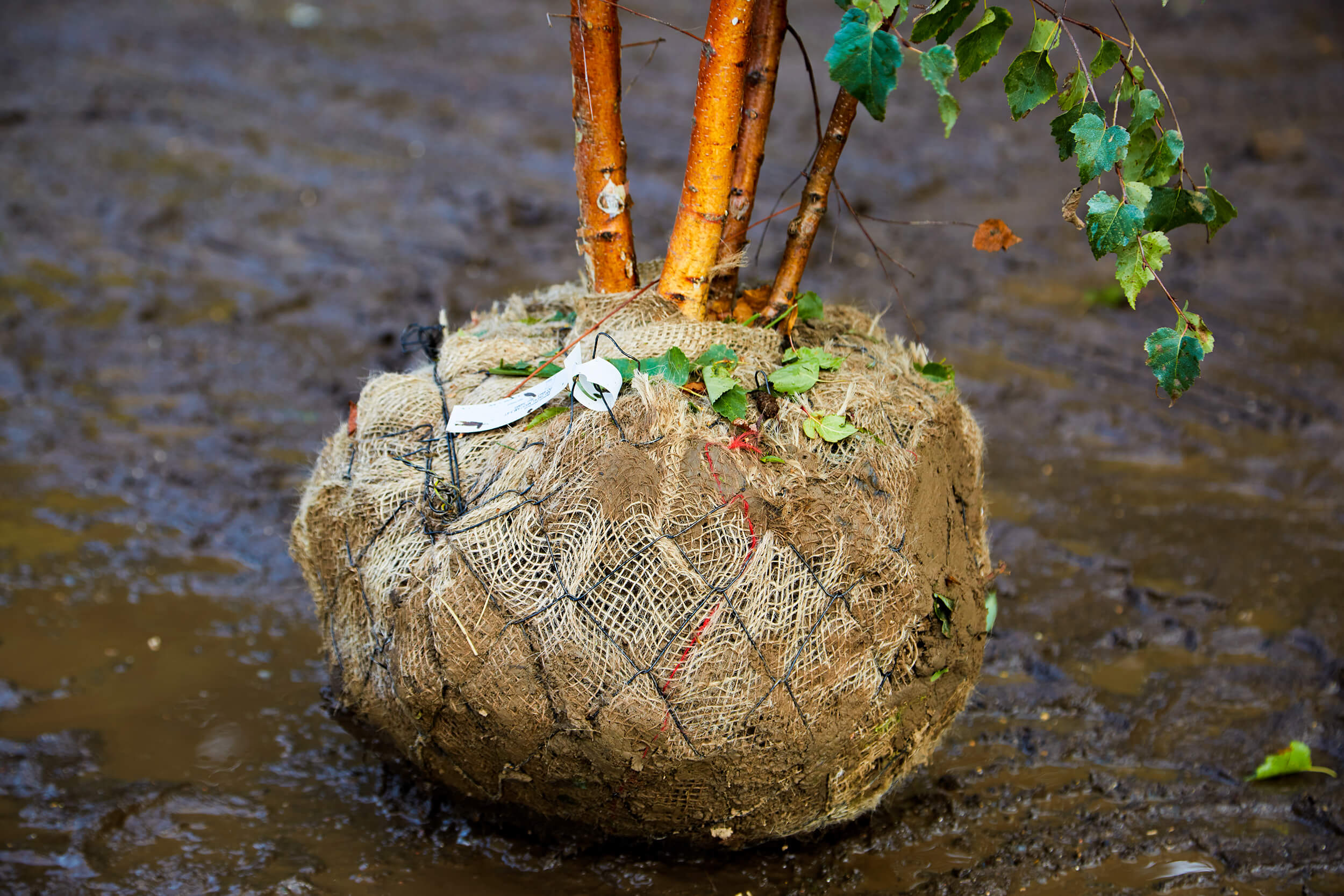
A root-ball tree ready for delivery. The hessian wrap biodegrades naturally.
How are bare-root and root-ball trees different to container grown?
Container grown trees can be planted all year round, because their root system is undisturbed by transplanting. In contrast, bare-root and root-ball trees always sustain some root damage when removed from the ground, which makes their transplanting success rate lower. However, the costs of growing and transporting container grown trees is far higher, so it’s worth any landscapers’ while to utilise the dormant season wisely.
Some species are more suitable than others for bare-root and root-ball planting. Hardy, deciduous plants are most able to withstand bare-root or root-ball transplanting. This blog will cover some great under-utilised options, so that you can maximise cost savings during bare-root and root-ball season and create more flexible, varied and striking landscapes.
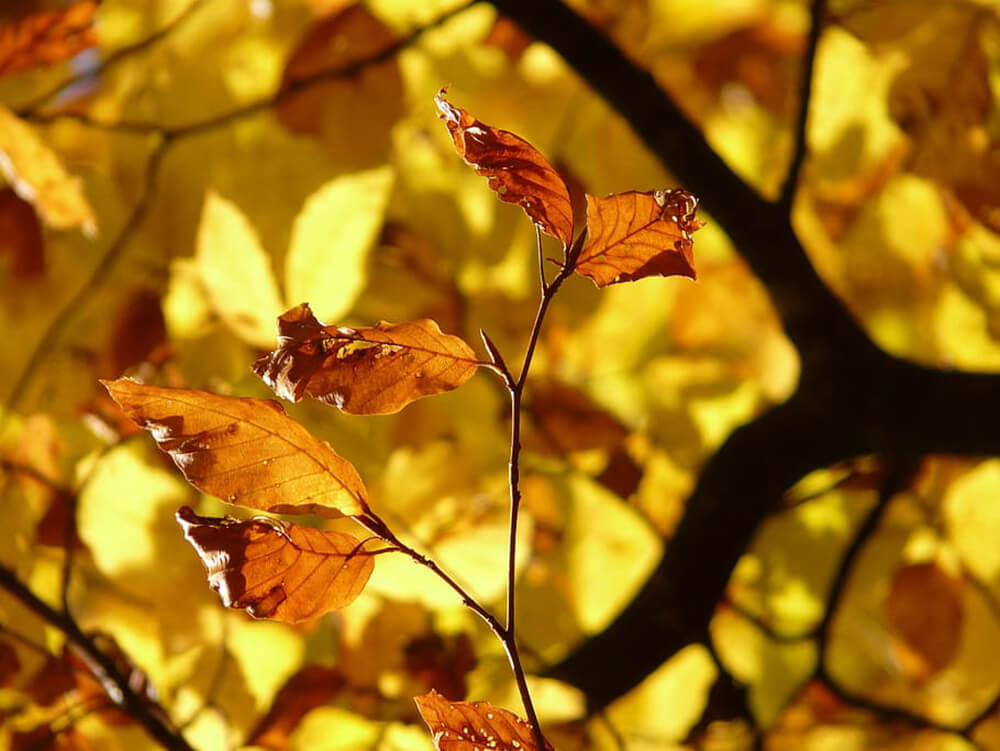
The glowing autumn foliage of copper beech (Fagus sylvatica) is equally effective for striking hedging or a beautiful feature tree.
Bare-root and root-ball hedging varieties
The UK boasts a wonderful range of UK provenance hedging varieties, often sold as bare-root whips in sizes of 40-60cm and up. Many plants more often thought of as trees can also be used to create visually stunning hedging. For instance, the wonderful foliage of Fagus sylvatica (beech) species in the Atropurpurea (purple-leaved) group maintains a glowing golden colour throughout autumn. This has given rise to its popular name, Copper beech, in spite of its purple leaves during spring and summer. The copper beech grows fairly quickly in the first 12-15 years, so it is possible to create a full hedge (or impact, in the case of trees) in a relatively short space of time.
Euonymus europaeus (spindle tree) is another deciduous or evergreen shrub of spreading habit that can make delightful hedges. The narrow leaves take on glorious autumnal hues of red and yellow and, besides its decorative aesthetic, the spindle thrives in all aspects and soil types, whether exposed or sheltered, in full sun or partial shade.
Another flexible option is the common elder (Sambucus nigra), which is equally happy in various soil types and levels of exposure. The foliage turns pale yellow in autumn, but this plant truly shines in summer, when it blooms sprays of heavenly scented, delicate creamy flowers, followed by richly coloured berries that lead it back into autumn.
Besides these examples, hornbeam (Carpinus), rowan (Sorbus), maple (Acer), hawthorn (Cretaegus) and blackthorn (Prunus spinosa) are all worthy of consideration for bare-root or root-ball hedging.
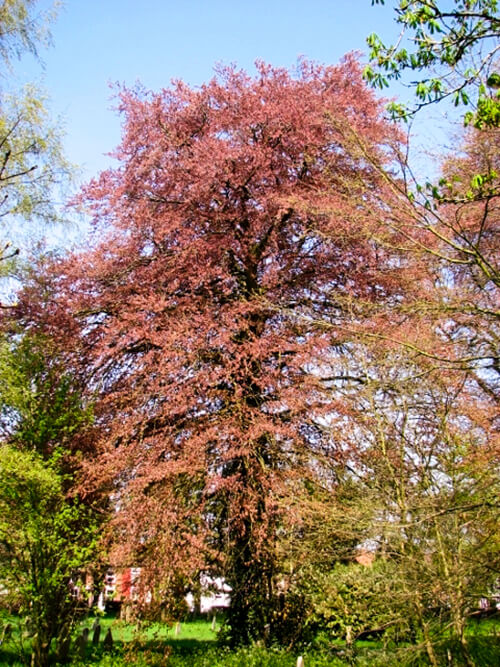
A majestic copper beech beginning to take on its cloak of autumn colour.

The blushing leaves of Euonymus europaeus (spindle tree) add a splash of warming colour.
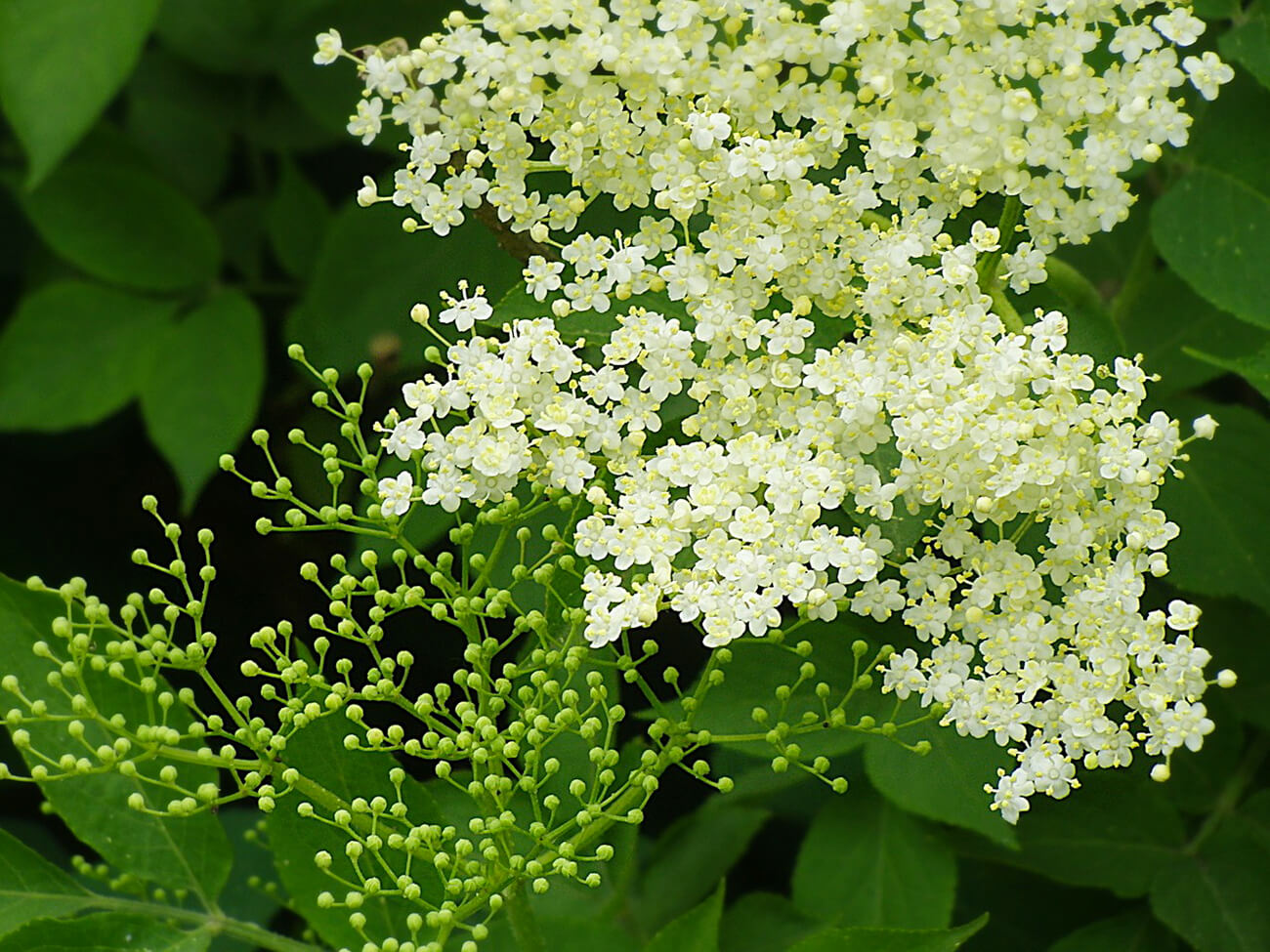
The foamy fragranced blossoms of Sambucus nigra (common elder) make for sensory summer hedging.
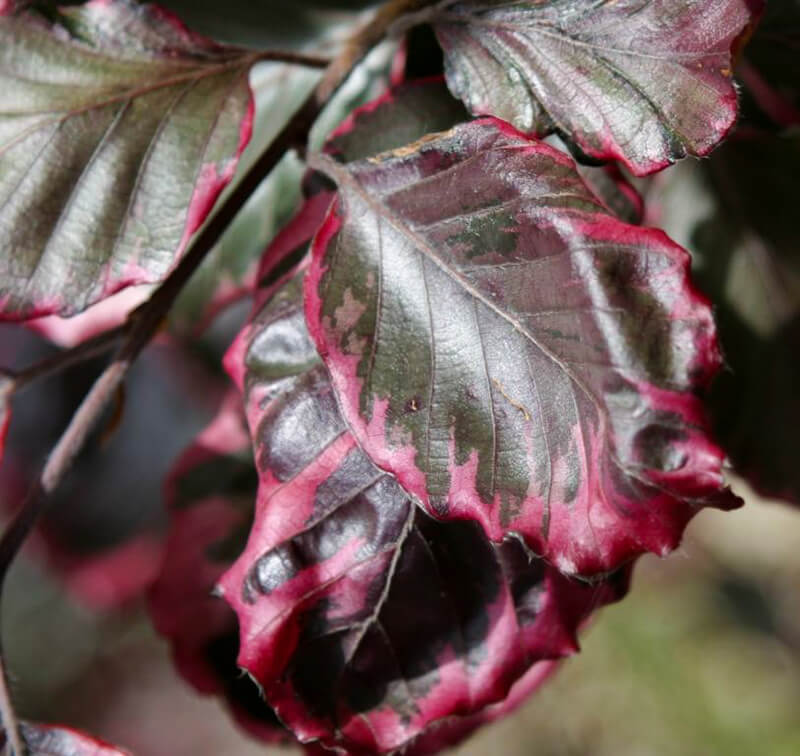
The rich purple foliage of Fagus slyvatica (copper beech) in spring.
Bare-root and root-ball trees
Since costs are lower with bare-root and root-ball trees, it is common to take advantage of the dormant season when buying trees in bulk. Generally speaking, there will be fewer size options than with container grown specimens, so they are more appropriate for landscapes that have space to mature over time.
Consider including Betula nigra (river birch) in your landscape – birches are renowned for bringing winter beauty to a garden, with their wonderfully textured peeling barks and shining stems in an array of stunning colours. Betula nigra colours beautifully in autumn, with yellow foliage and peeling bark revealing striking shades of pink, white and brown against an orangey stem.
Another option is Alnus glutinosa (common or black alder), a wonderful tree to use near water, since its wood hardens rather than rotting when its roots are in waterlogged soil. With shiny leaves and year-round catkins, these trees create a classic British woodland feel. They are also havens for various forms of wildlife, from moths and the small pearl-bordered fritillary and chequered skipper butterflies, to lichens, mosses and fungi. The catkins are an early source of nectar and pollen for our beleaguered bees, while its seeds feed several bird species. In the right environment, otters may even nest in its roots!
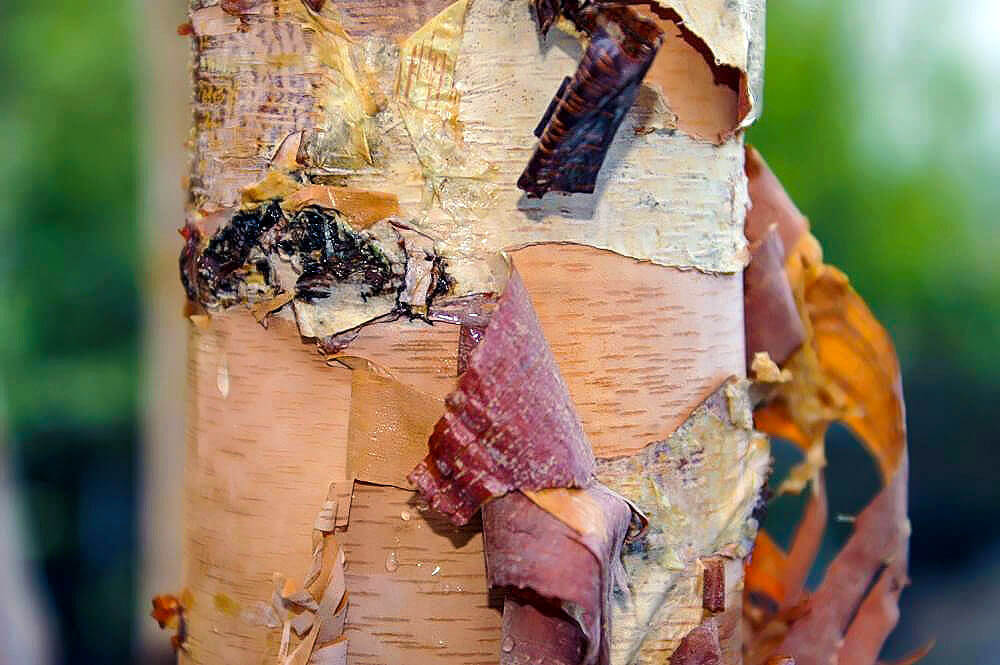
The textural feast of river birch (Betula nigra) bark peeling away in bright papery strips, revealing the orange-hued stem beneath.
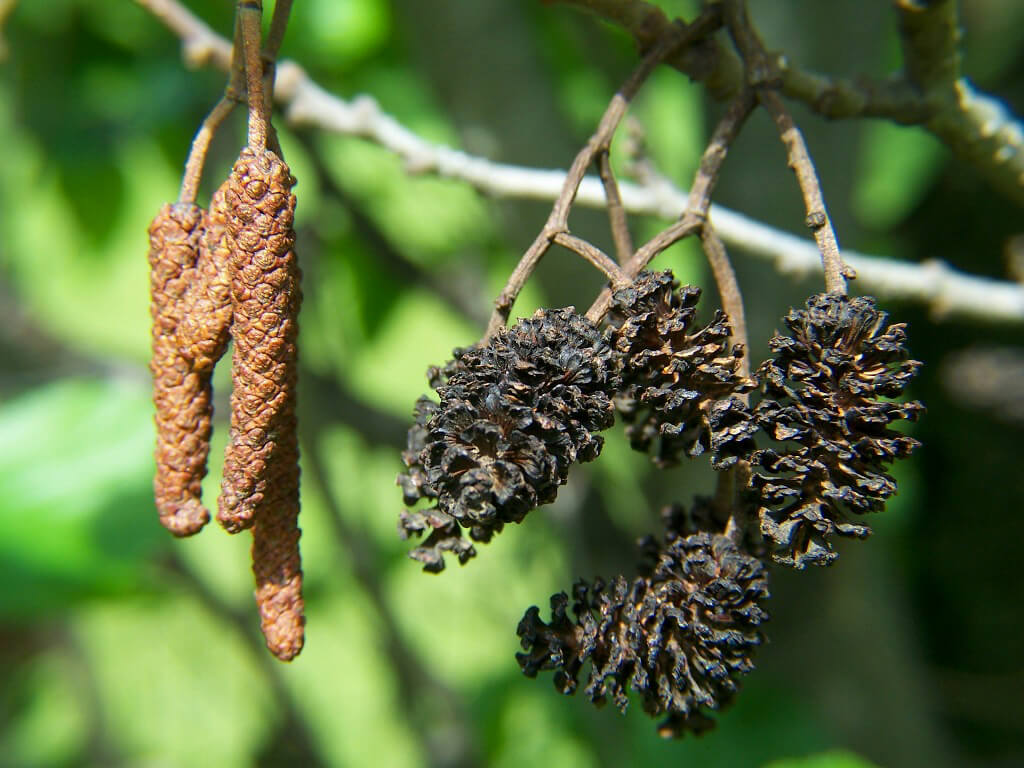
The catkins of the common or black alder (Alnus glutinosa) create interest year-round, in addition to providing vital sustenance to bees.
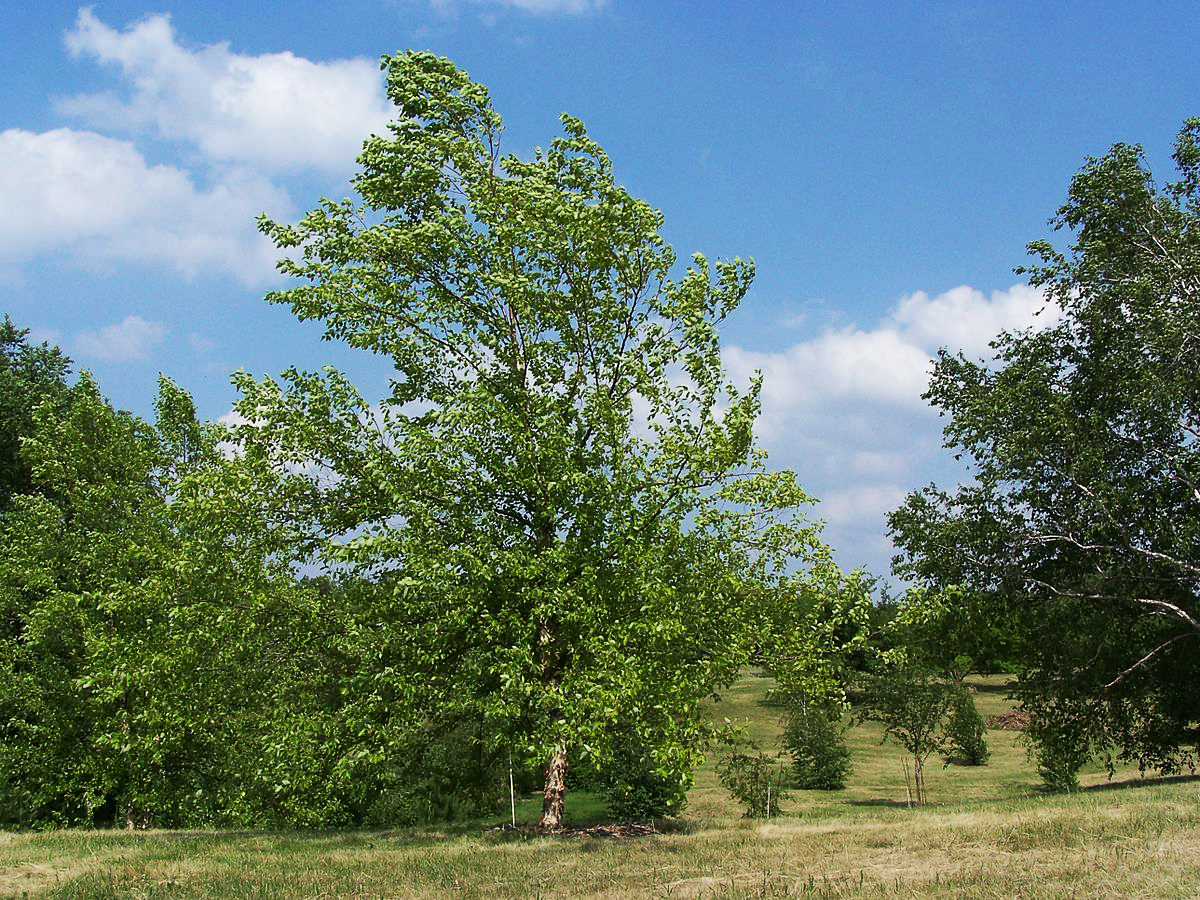
The graceful form of a mature Betula nigra (river birch) adds elegance and calm to any landscape.
Planting
It is important for bare-root and root-ball trees to be planted soon after delivery, to minimise the risk of failure, so it is important to allow for delays. Greenwood’s Tender Tool app gives you valuable flexibility in selecting delivery days which minimises such losses.
Like many nurseries, Greenwood Plants supplies hedging plants and trees only in the forms that produce the best results. To find out more about which varieties are suited for root-ball and bare-root planting, access the Tender Tool app or contact one of our horticultural experts, who will be happy to advise you.
Whatever your development, you will be able to make valuable savings by making the most of bare-root and root-ball season – all while creating enviable, vibrant and long-lasting landscapes.

